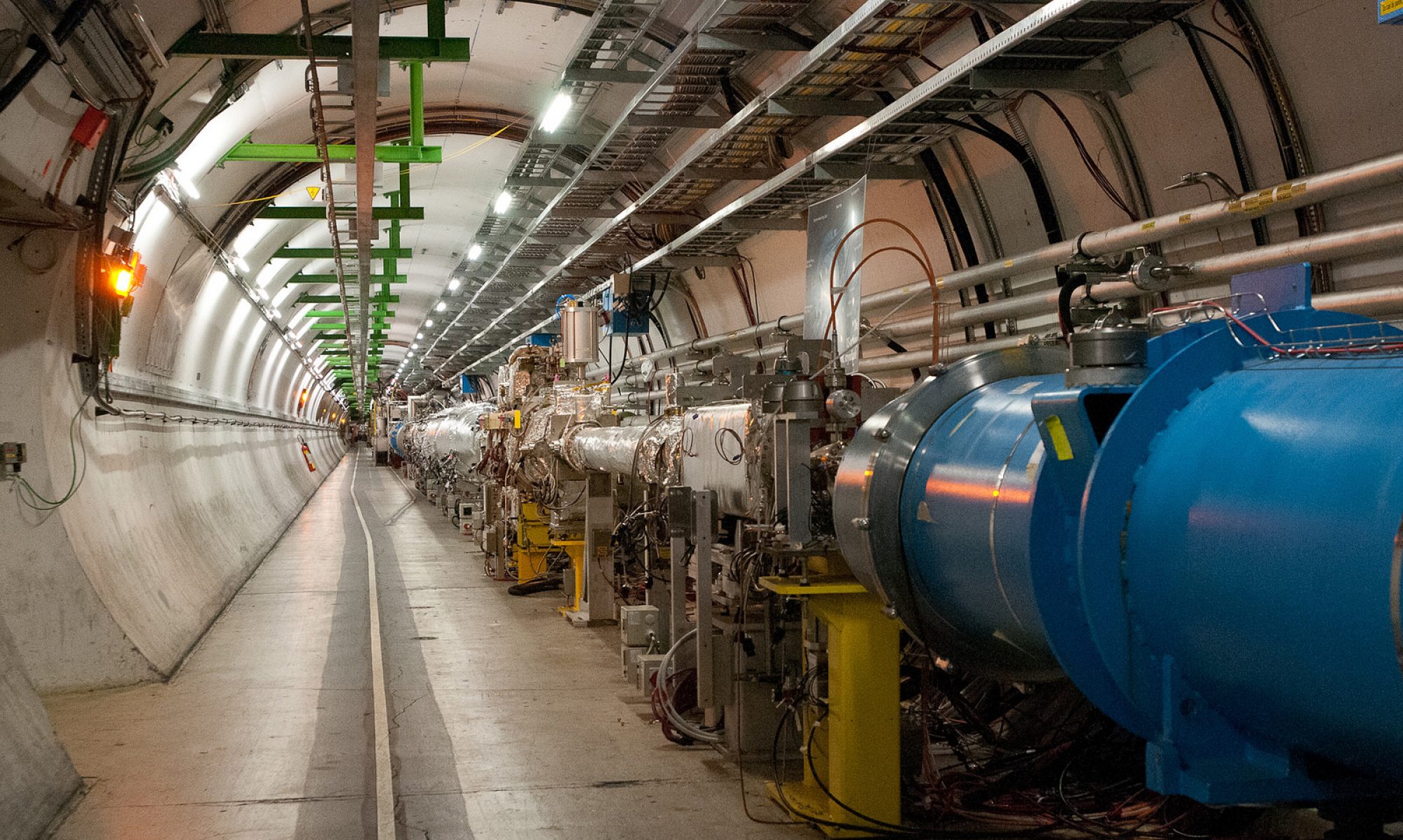It’s been a while since I put anything in the old professional blog, so I thought I would start being more regular about posts here. I’ll begin with some thoughts about the unique situation that the current generation flavor factories find themselves in as their colliders turn off. Currently, there are three major flavor factory data samples in the world (in alphabetical order of acronym): BaBar, Belle, and CLEO/CLEO-c. These are extremely unique samples; BaBar and Belle together have about 1.5 billion B meson pairs for use in precision and discovery physics, and have equivalently large samples of tau leptons and charm mesons. In addition, BaBar has the largest sample of data taken at the Upsilon(3S) and Upsilon(2S) resonances, and the most detailed scan data for center-of-mass (CM) energies between 10.58 and 11.2 GeV. Belle has the world’s largest samples of data taken on the Upsilon(1S), Upsilon(5S), and Upsilon(6S) resonances. CLEO-c has unique data samples of charm mesons taken at well defined CM energies just above charm threshold, or at specific charmonium resonances.
This in and of itself is not so worrying; these are all good things. The worrying thing is that there is a possibility that these datasets will go unchallenged until at least 2015, and maybe much later. That’s because a next-generation flavor factory won’t run until at least then. Meanwhile, the Large Hadron Collider will be steadily taking hadron collision data, searching for evidence of physics beyond the Standard Model. The challenge is the following: should new physics be found, its nature can be attacked with precision measurements possible only at a flavor factory. Will the existing datasets be enough? If so, who will conduct the research on these unique samples and test the implications of that new physics? If those samples are not enough, will we be ready with the R&D and proposals needed to build the next-generation flavor factory?
As so many of us begin to think about life after the factories, we take our unique set of knowledge about physics analysis at these experiments out of that community and into others. Keeping a hand in the legacy data is important, if it’s possible for young scientists as they mature and get promoted in the field. It’s therefore also important for senior members of the field, whose careers are established, to continue playing a role in this data.
How the future of this data is to be secured is also under discussion. There are evolving plans about how to archive legacy data sets like those at the flavor factories. Nothing is certain, except this: the data collected by these astounding machines and their devoted collaborations should not be allowed to fade from memory, lest we forget that a new discovery must always be tested in every way possible. Discovery is important, but confirmation and implication are just as important. They define the value of our science, turning it from a bunch of sexy headlines into a cannon of serious knowledge that defines the shoulders of the giant.


Nice post, Steve. Whatever inspired you to try to post more frequently to your professional blog?
Let’s just say it’s my growing but loyal professional blog fan base . . . 🙂